A short story about petunia
The petunia describes not only a plant species, but an entire plant genus (Petunia) and from a botanical point of view belongs to the nightshade family (Solanaceae). It originally comes from South America. The petunia got its name from the French botanist Antoine Laurent de Jussieu in 1789. It has been found in Europe since 1832, where many cultural hybrids have emerged in the meantime.
The appearance of the petunias
The summer flowers are among the most popular garden flowers, as they show their magnificent blossom from mid-May until the first frost. The funnel-shaped, delicate flowers are very typical of this plant genus and immediately catch the eye of everyone who sees them.

Image credit: Adam Jones from Kelowna, BC, Canada, Flower Arrangement - Whittlesey - Cambridgeshire - England (28271621625), CC BY-SA 2.0
The right petunia care: watering, suitable soil, fertilizing etc.
We explain here which aspects are particularly important when caring for petunias:
Petunias Location: The summer flower likes it sunny
The petunias belong to the sun-loving plants. Petunias grow best - in a hanging basket on a sunny balcony - protected from wind and rain. If you can't find the right spot in the sun, you can keep them in a partially shaded spot. However, it does not form as many flowers as in the sun.
Petunias hardy? Petunias hibernate
How to overwinter petunias: If you want to see your petunias just as brightly next year, you should bring them indoors during the cold season, as they are not frost hardy. From late summer you should cut them back and move them to a bright, cool and dry winter quarters, where temperatures are ideally between five and ten degrees Celsius. Water your plant moderately during the winter months so it doesn't dry up.
Find the appropriate petunia soil
You can often find special petunia soil on the market that contains a lot of iron and has a low pH of around 5.5. Of course, this is perfectly adapted to the needs of the petunias.
High water requirement: water petunias properly
Due to their location in the (blazing) sun, the petunias also need a lot of water. If you want to do everything right when caring for petunias, then you should not neglect regular watering. Nevertheless, you should not water the plant excessively because, unlike the oleander, it does not tolerate waterlogging well. You should also prefer soft tap water for watering and water the plants close to the roots (not from above).

Image source: David Santaolalla from León, spain, Reto 2015. Flores. Hoy petunias. (18083464932), CC BY 2.0
Fertilizing petunias protects against deficiency symptoms
Regular fertilization has a positive effect on petunia blooms. A fertilizer with a high phosphorus content is particularly suitable here. This stimulates the formation of flowers in the petunia and at the same time protects it from plant pests and diseases. It is also advisable to use iron fertilizers to prevent a possible nutrient deficiency.
Pruning petunias: It's that easy
Especially in the summer months, the plant every once in a while forms long shoots with few flowers. You can easily cut these back, because this will allow new side shoots to grow with quite a few more flower buds.You should also remove dried flowers, as they cause unnecessary energy consumption
Tip: Always cut back your petunia partially, otherwise the natural appearance of the plant will be destroyed. If you notice that some flower buds are forming again, then you can cut back more long shoots.
Fresh soil for your plant: repot petunias
Ideally, you should repot the petunias immediately after purchase and use fresh petunia soil for this, as this will help the blooming beauty to develop better. If you plant the plant in a new and larger container, make sure it has enough hanging space.
Propagating petunias: a colorful family of flowers
If you discover very long shoots of 15 to 20 centimeters in length, then these are very suitable as cuttings for propagation. For your petunia family, you should remove the leaves (except for one pair of leaves) at the shoot end of these cuttings.
In a glass full of water, these daughter plants will develop their own roots after about two weeks. However, you should wait until the fine roots are a few centimeters long before planting them in the ground as an offshoot.

Image source: Photo by David J. Stang, Petunia White Madness 1zz, size by botanicly, CC BY-SA 4.0
Are petunias poisonous?
Yes, since petunias belong to the nightshade family of plants, they unfortunately belong to the poisonous balcony and garden plants.
Tips for a proper petunia bloom
Tip 1: It is best to always use special petunia soil that is enriched with iron. This prevents the leaves from discolouring, which can be caused by iron deficiency.
Tip 2: Cut back wilted flowers and shoots that are too long at regular intervals so that the plant has enough energy for new flower buds.

.
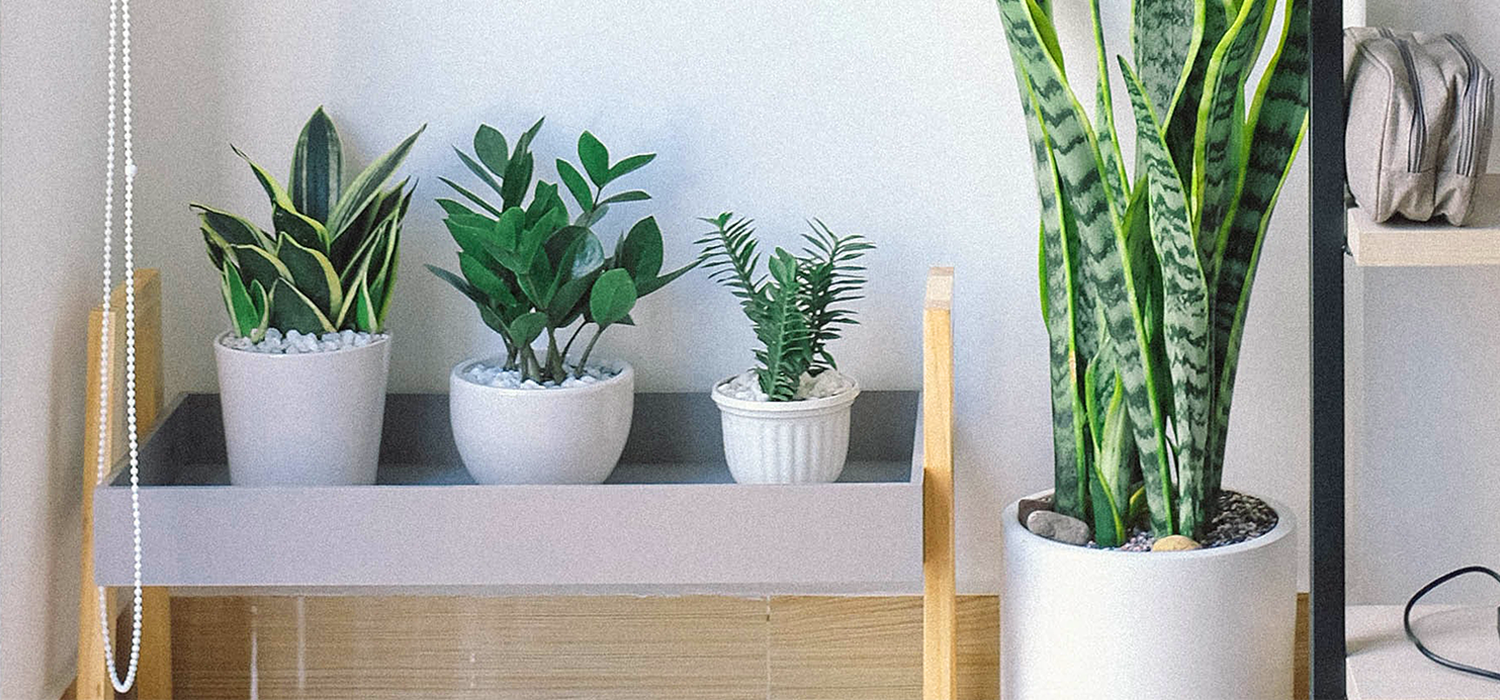
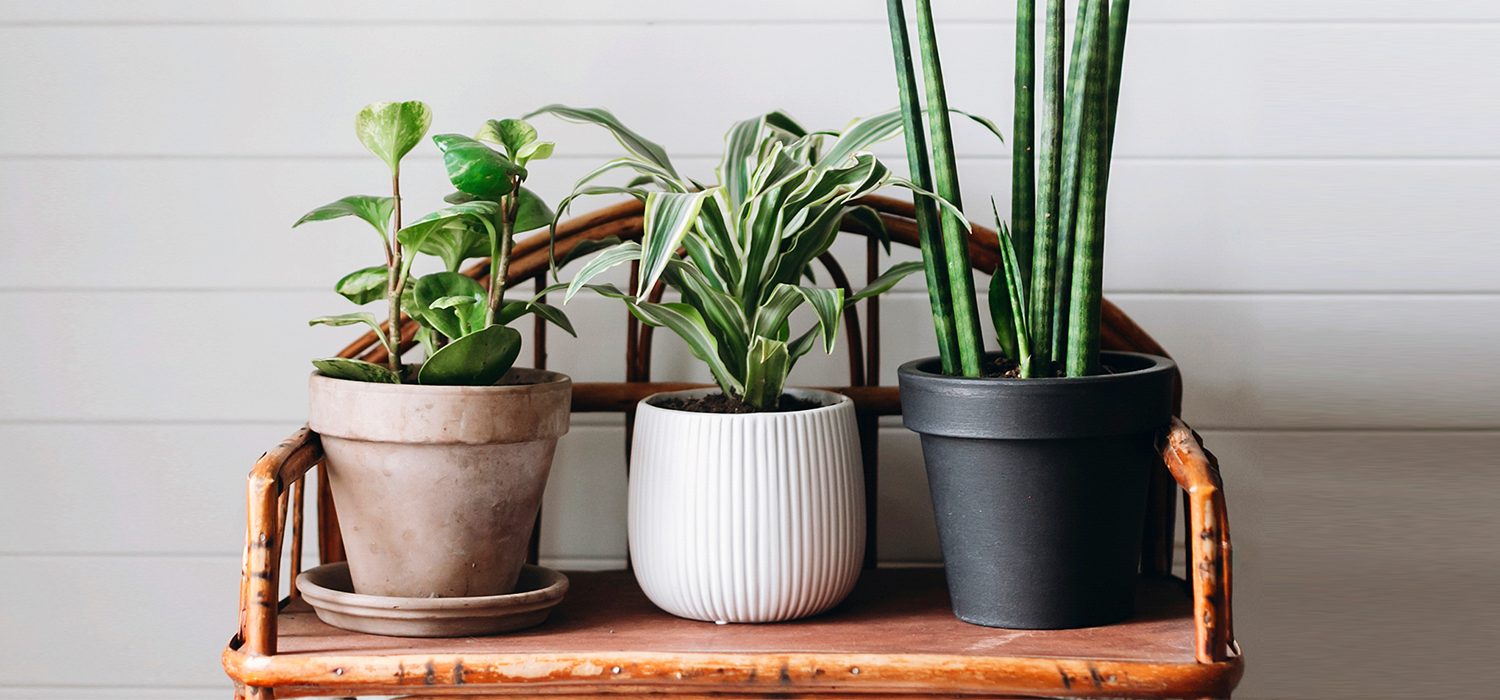
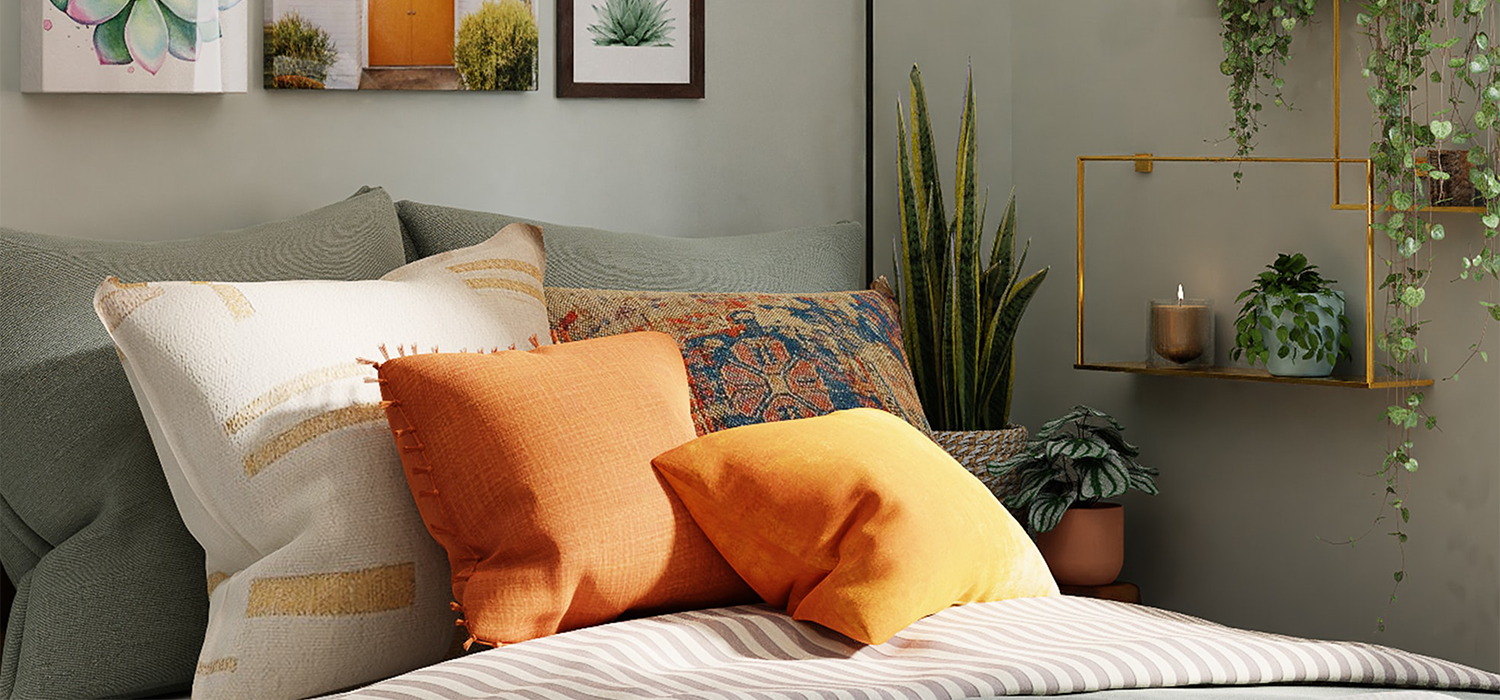
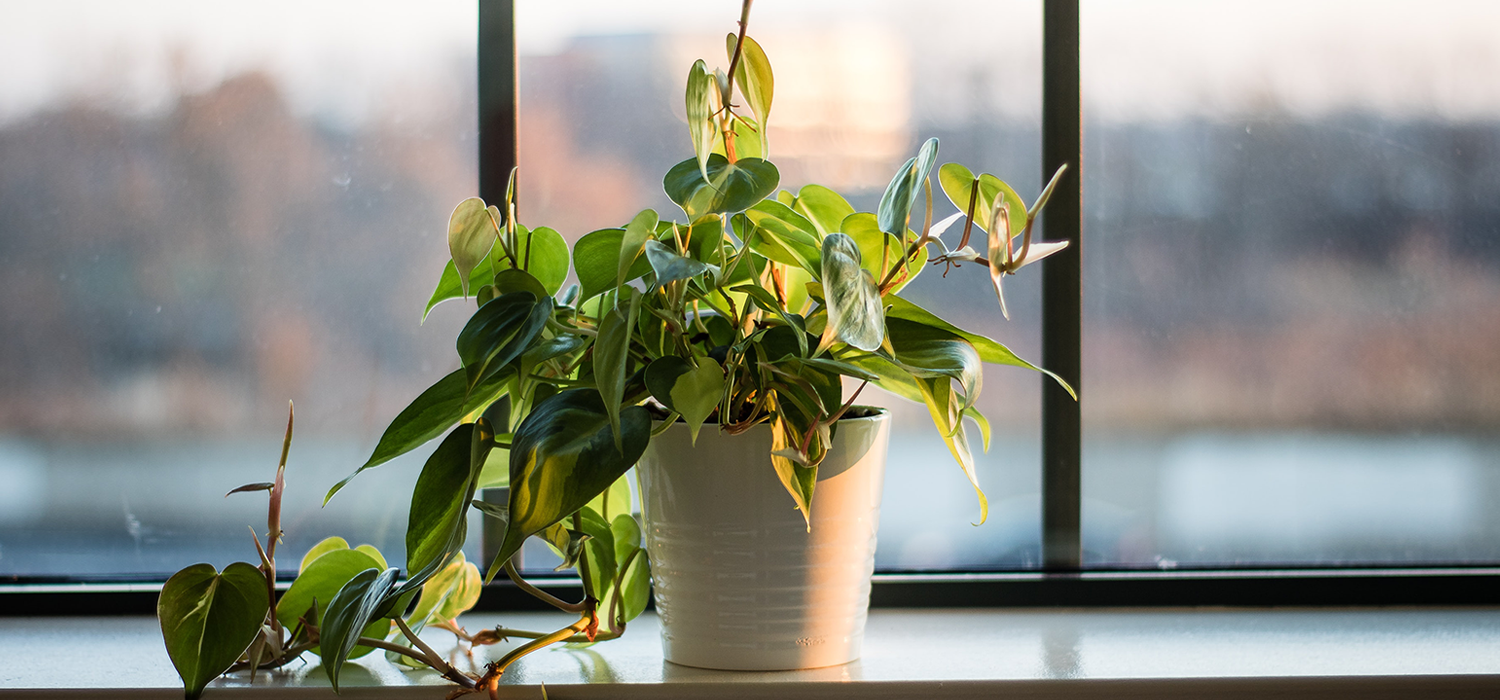
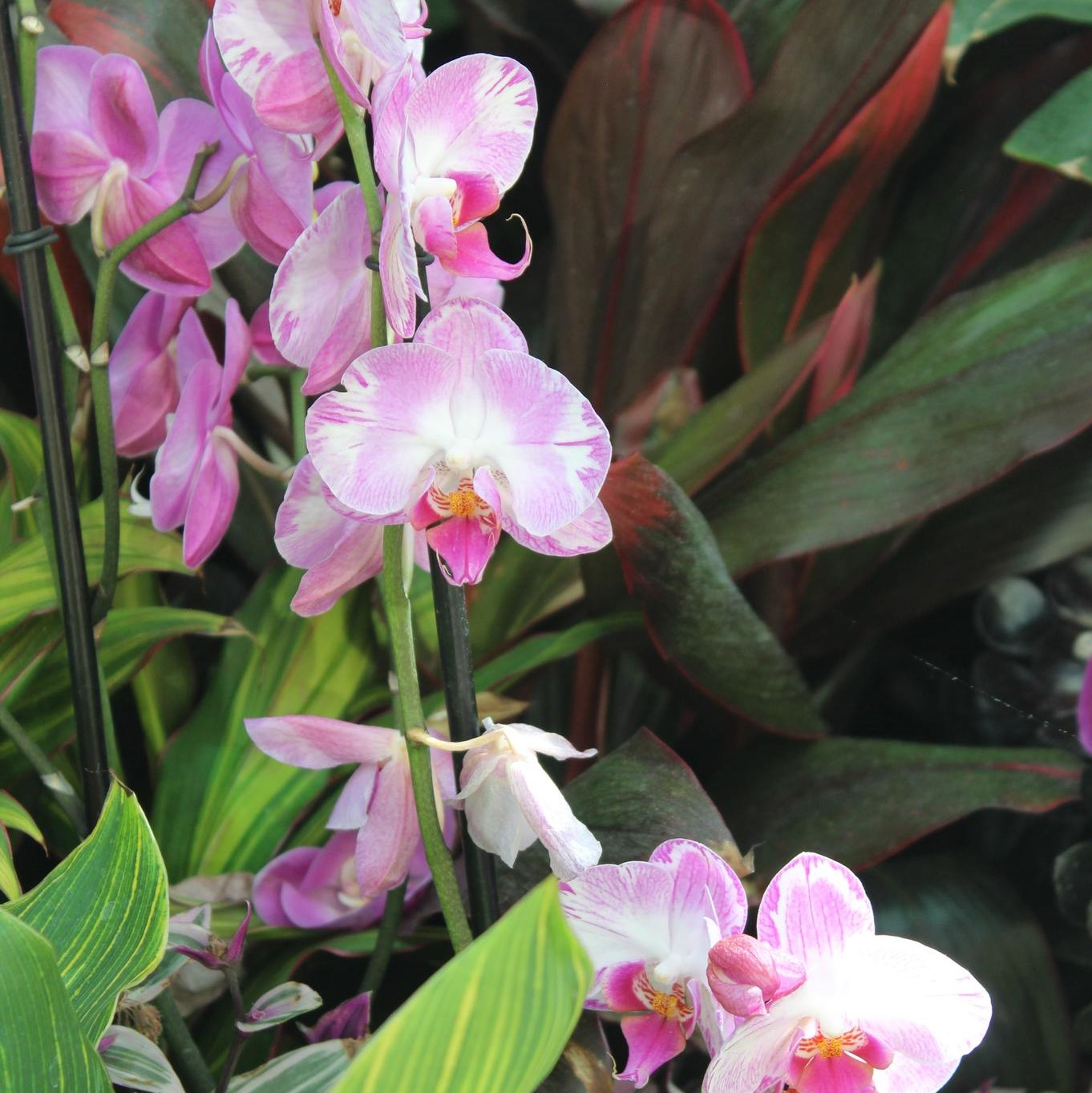
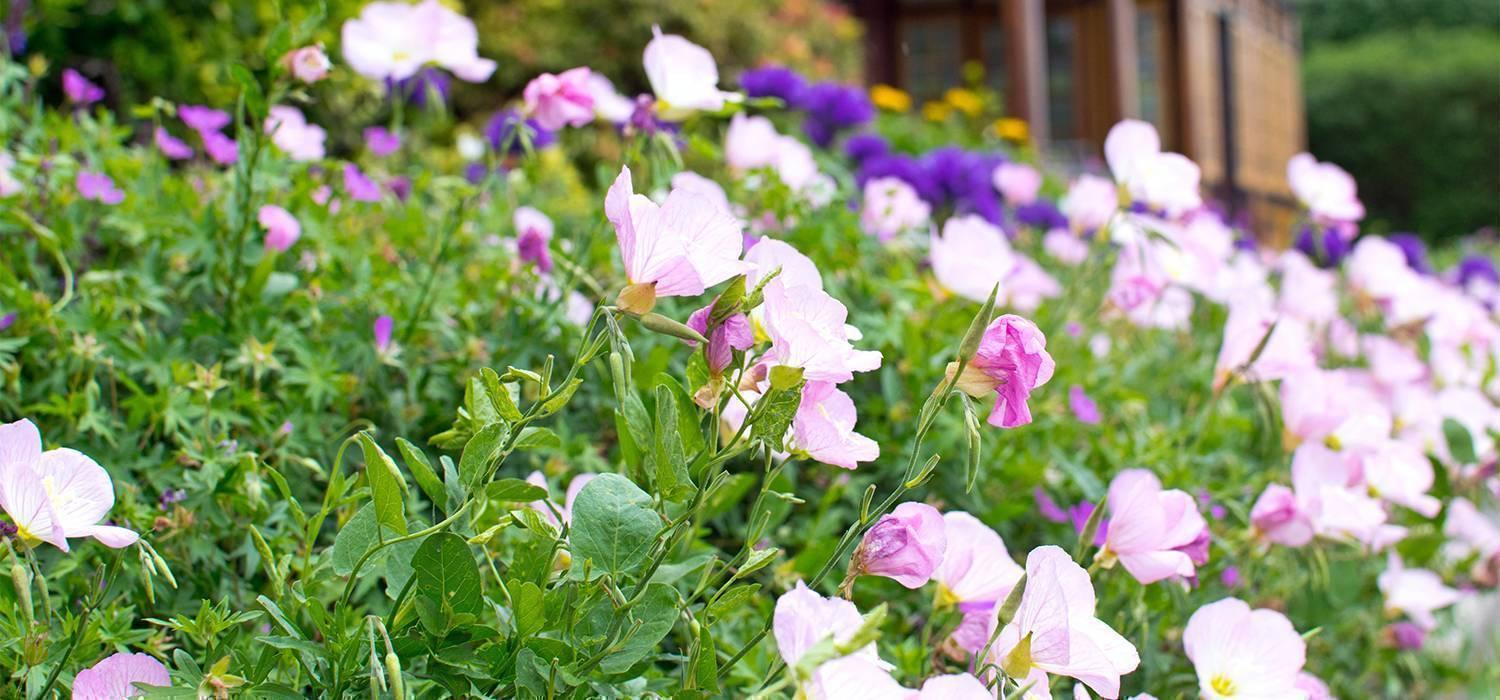
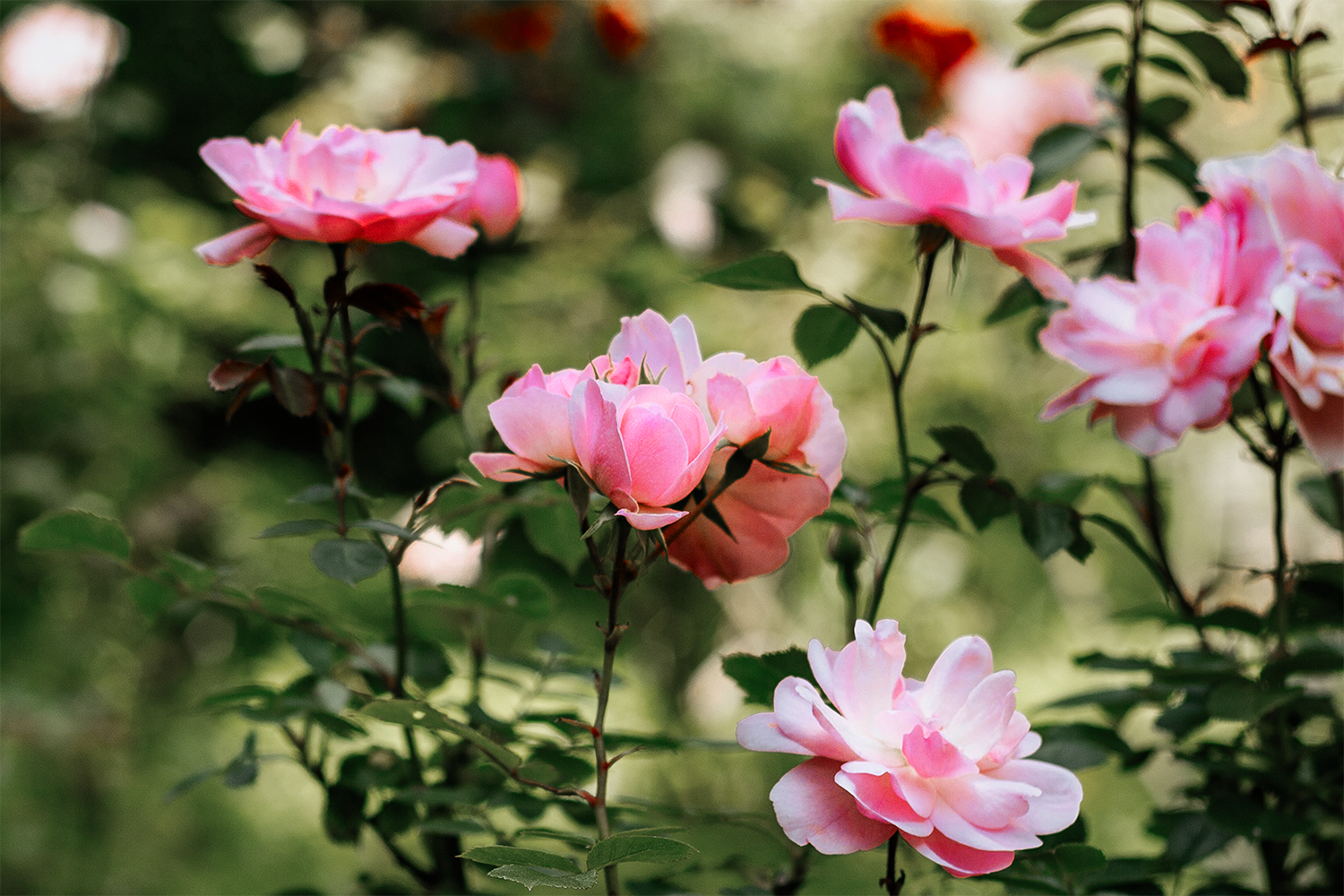
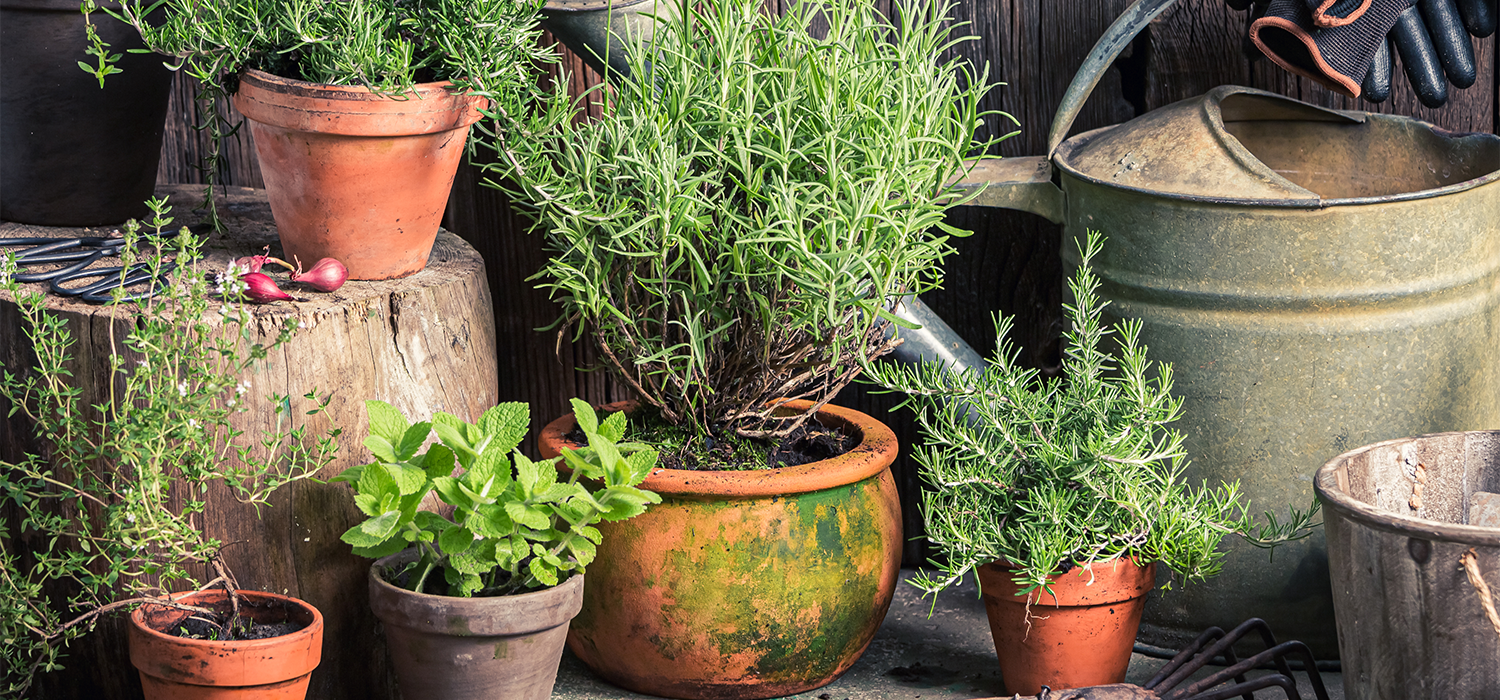
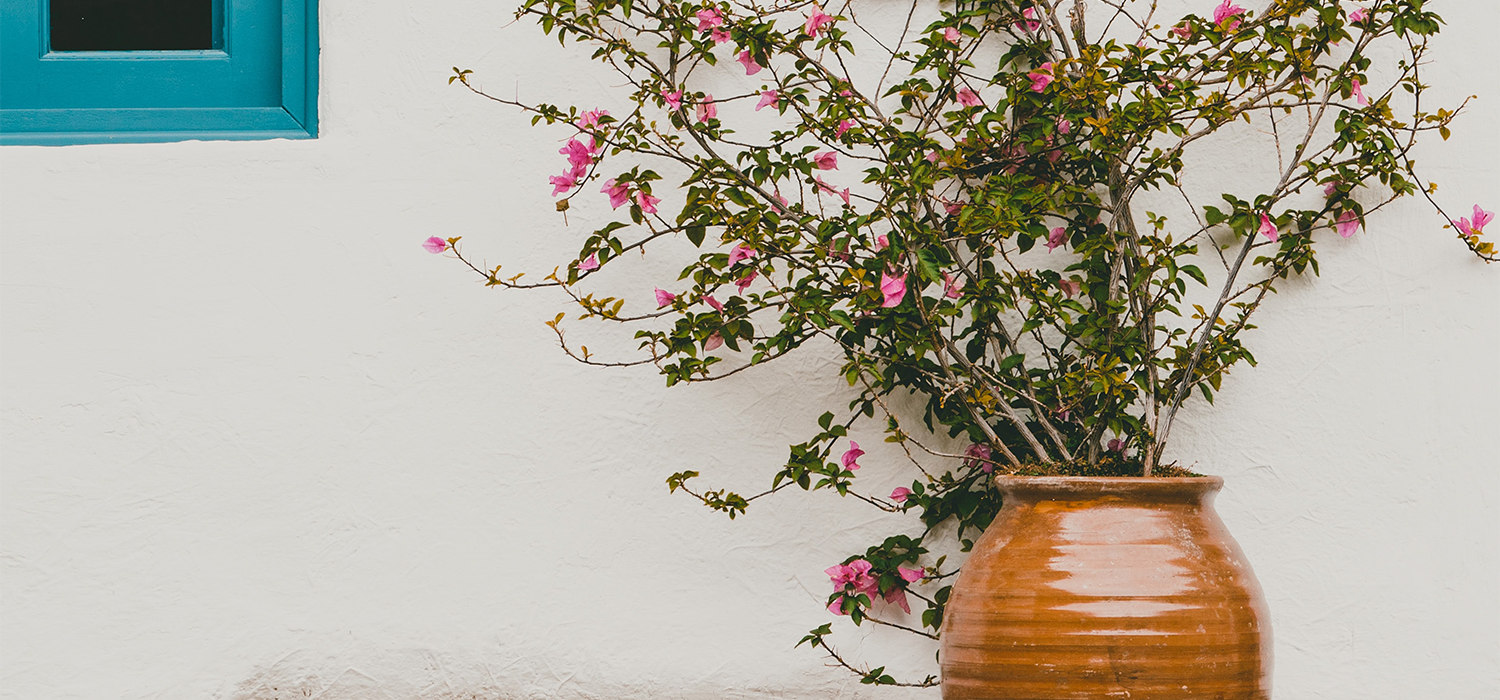

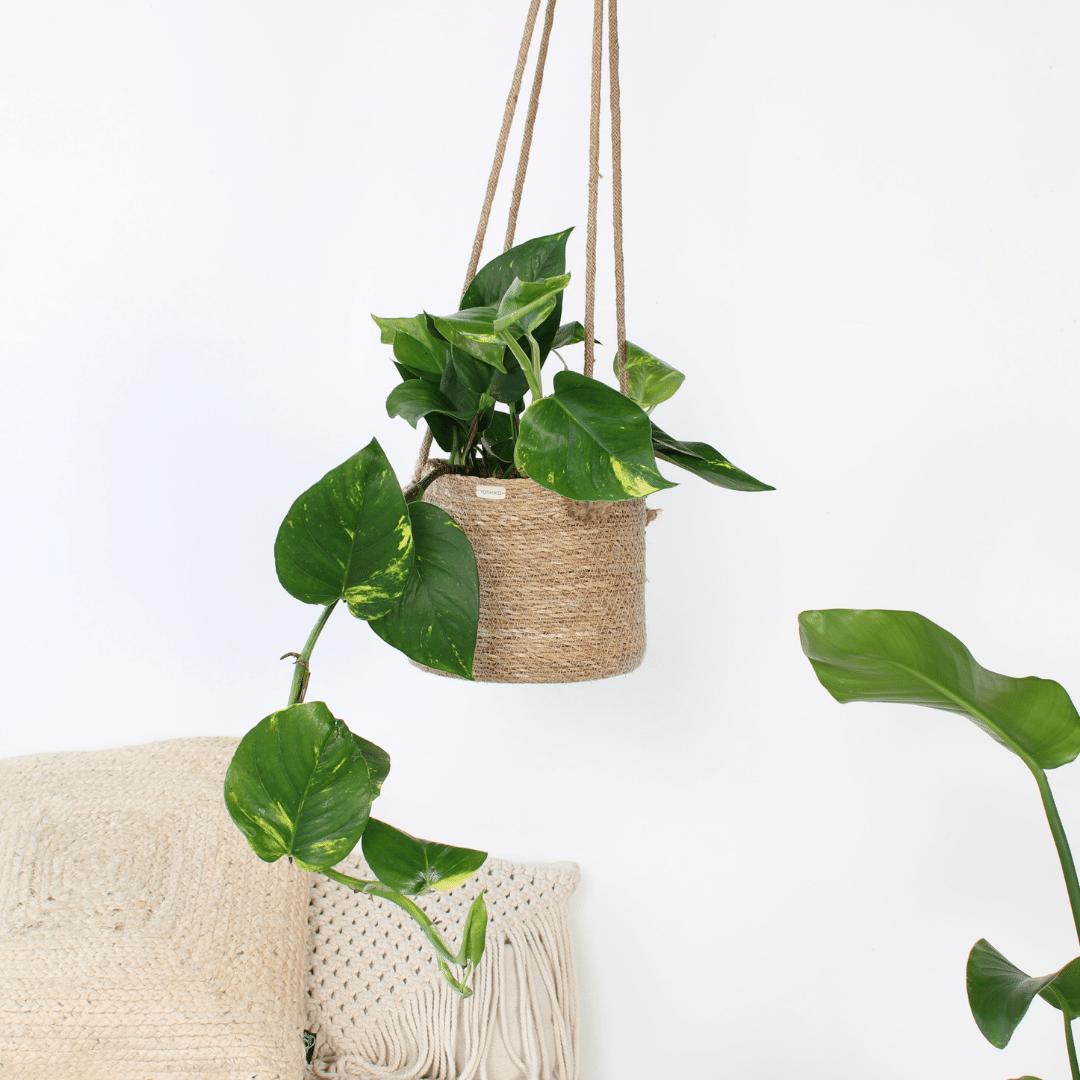
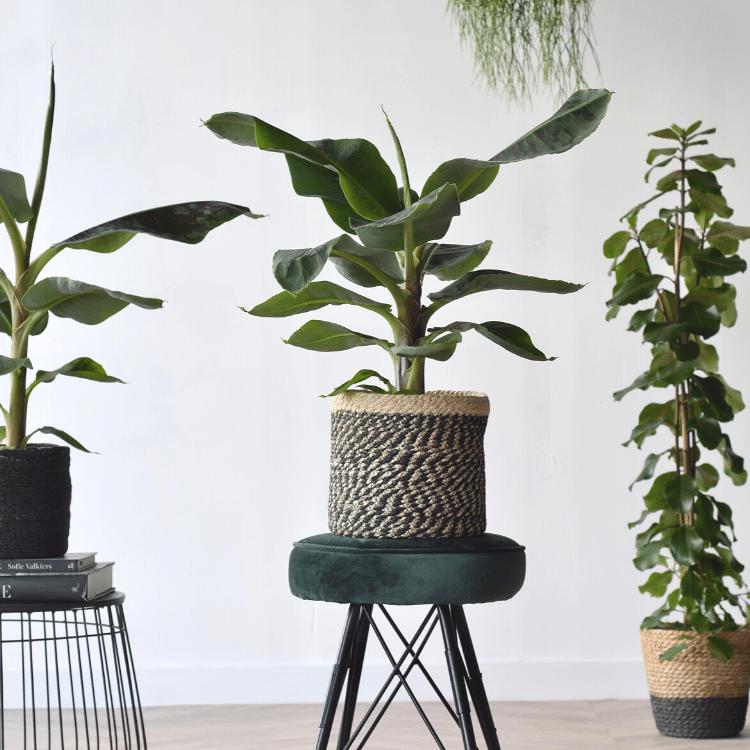
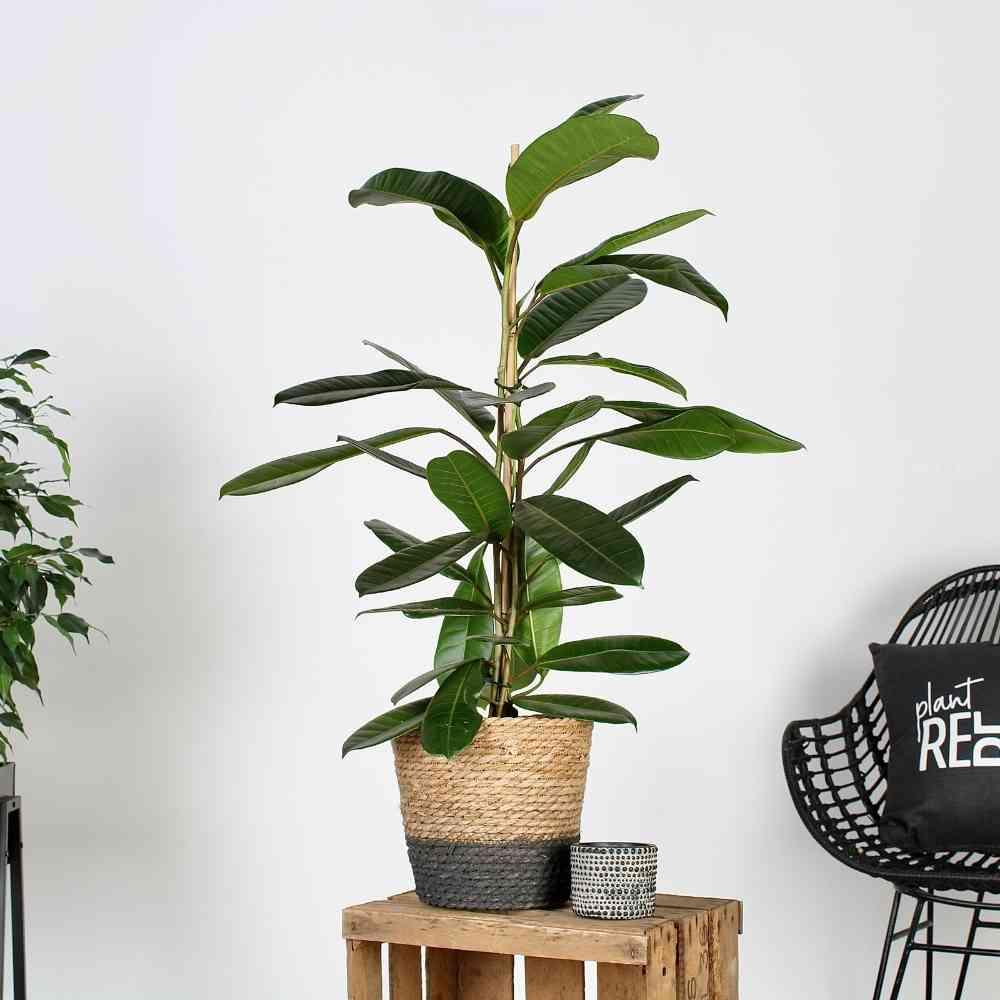
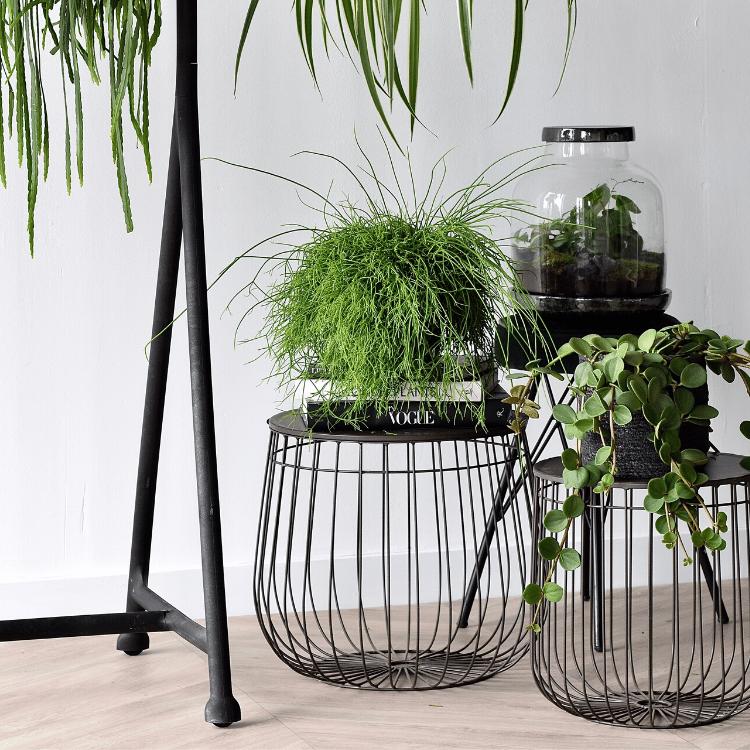
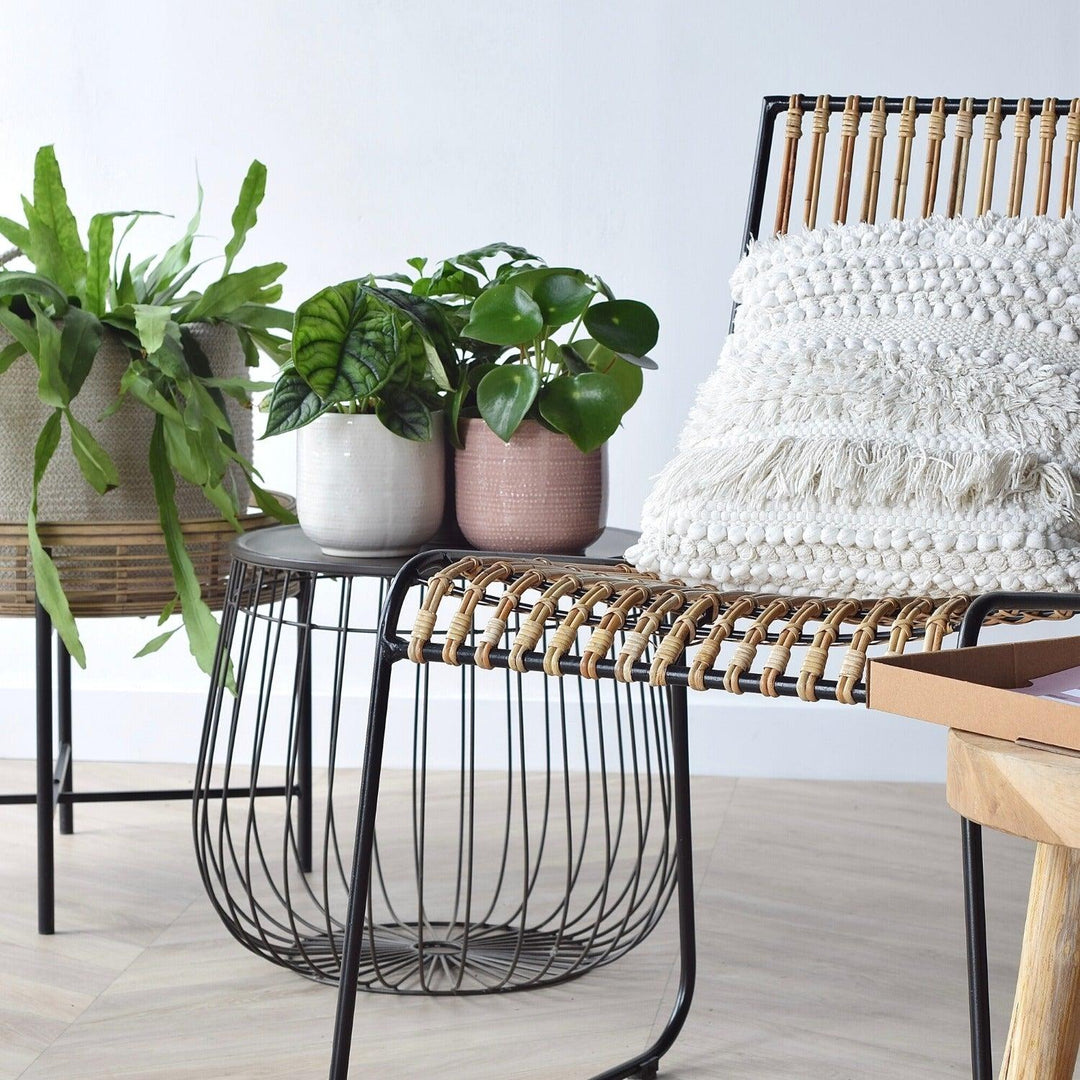
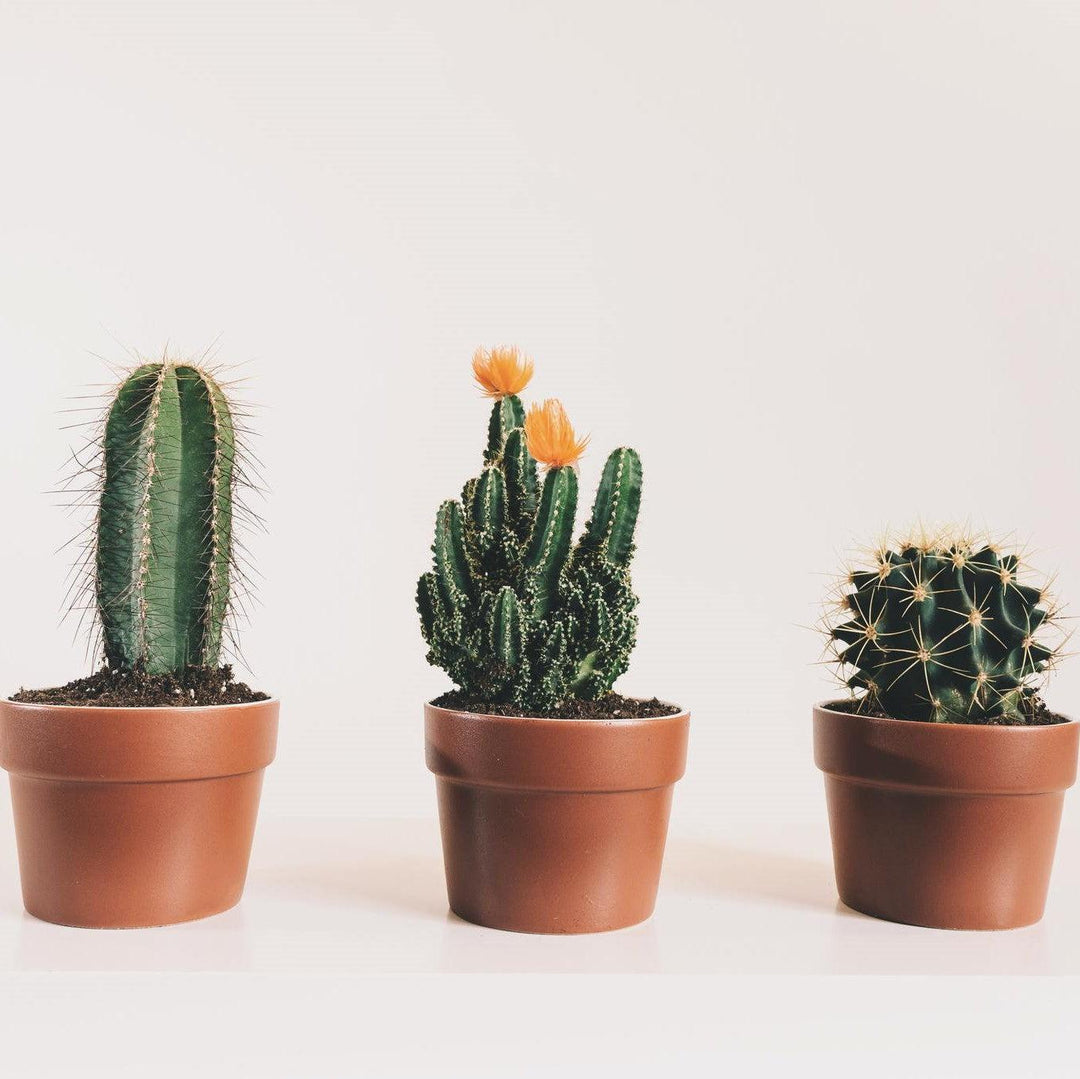
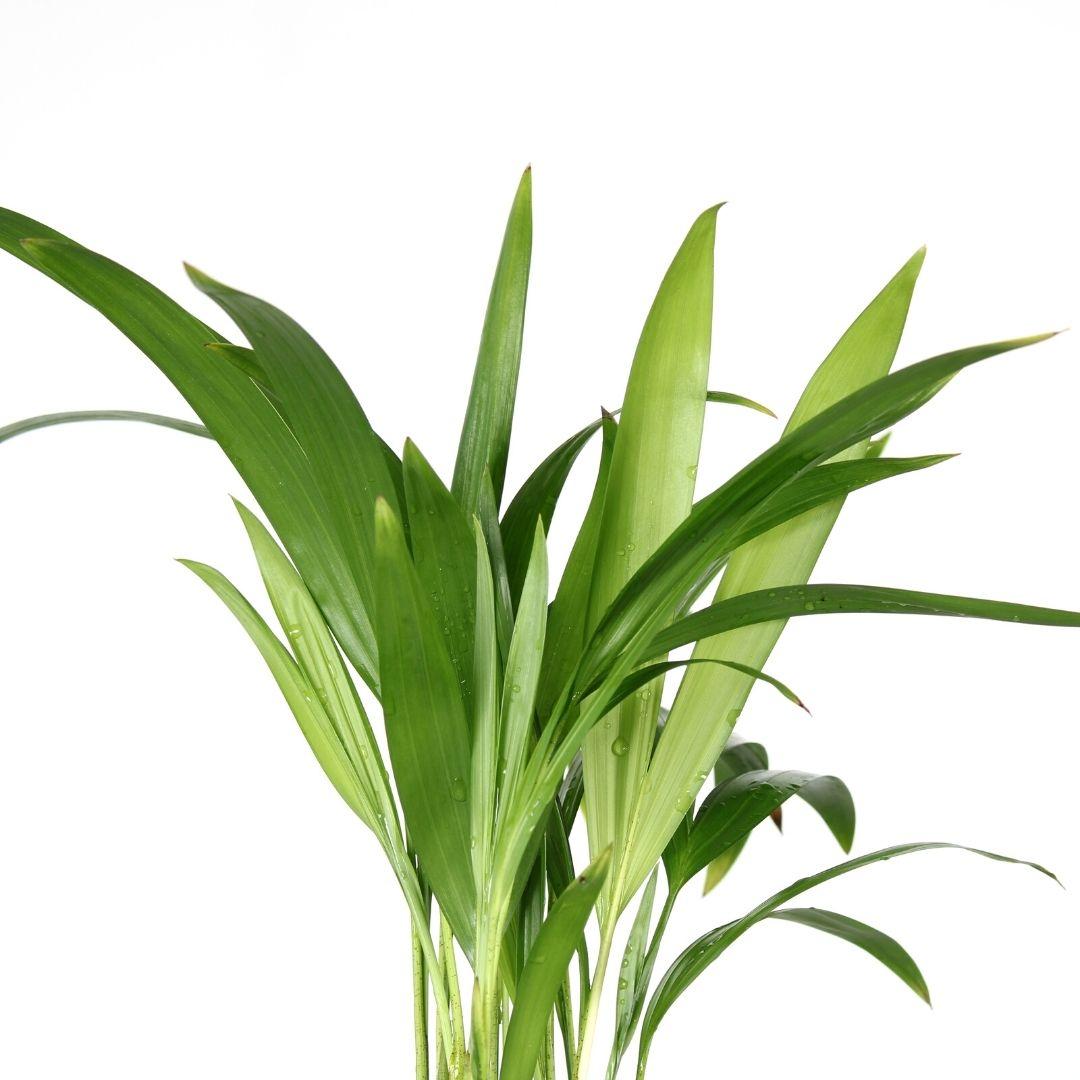
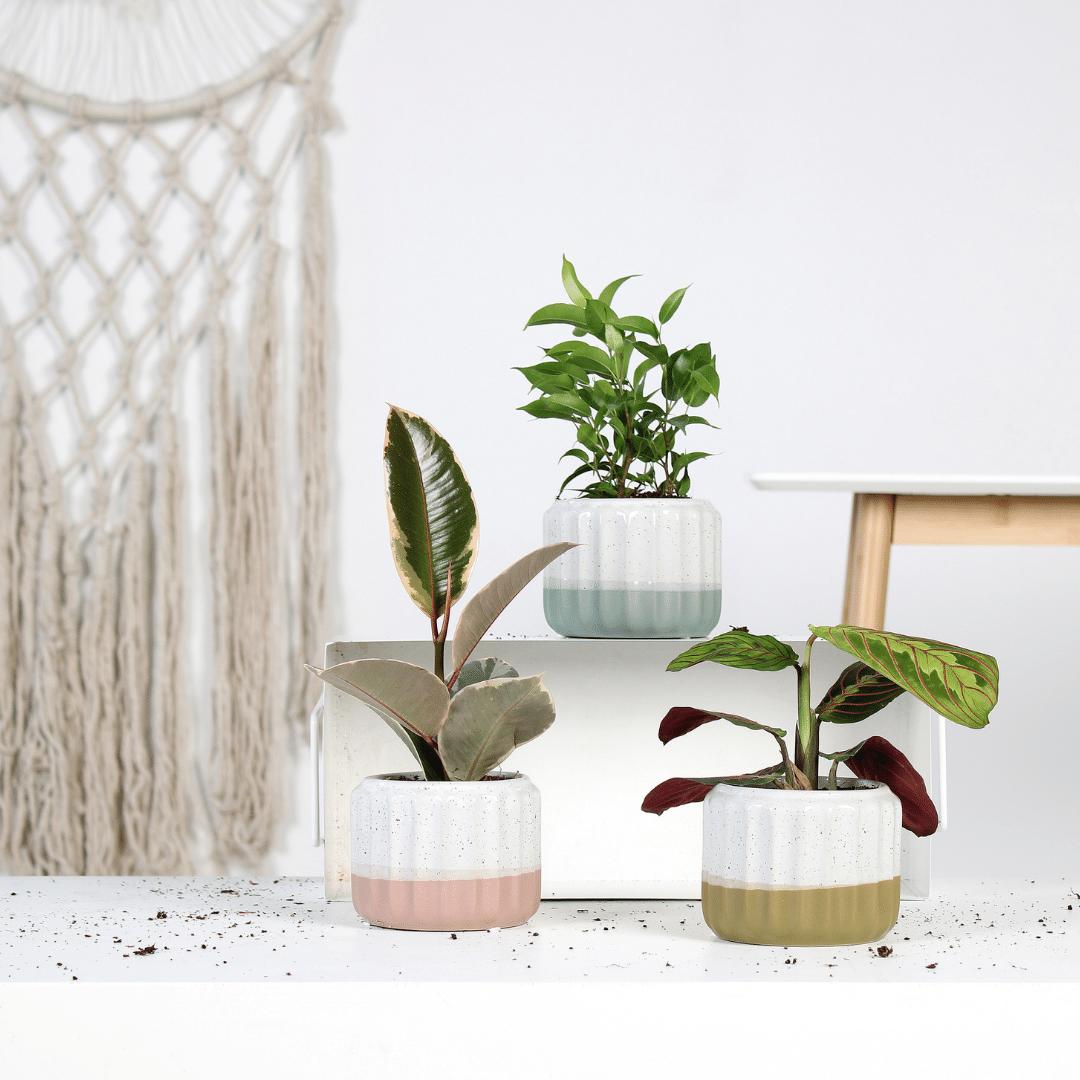
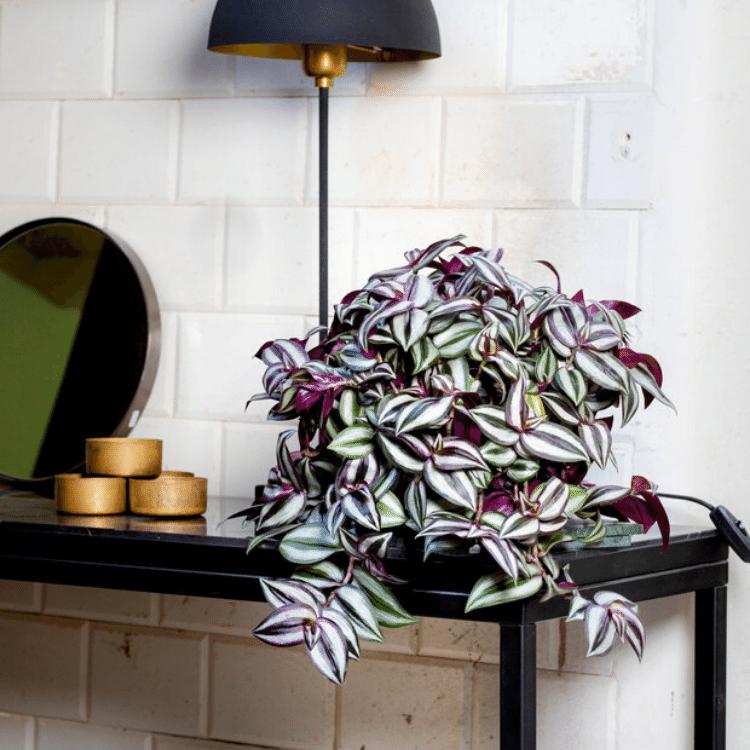
Leave a comment